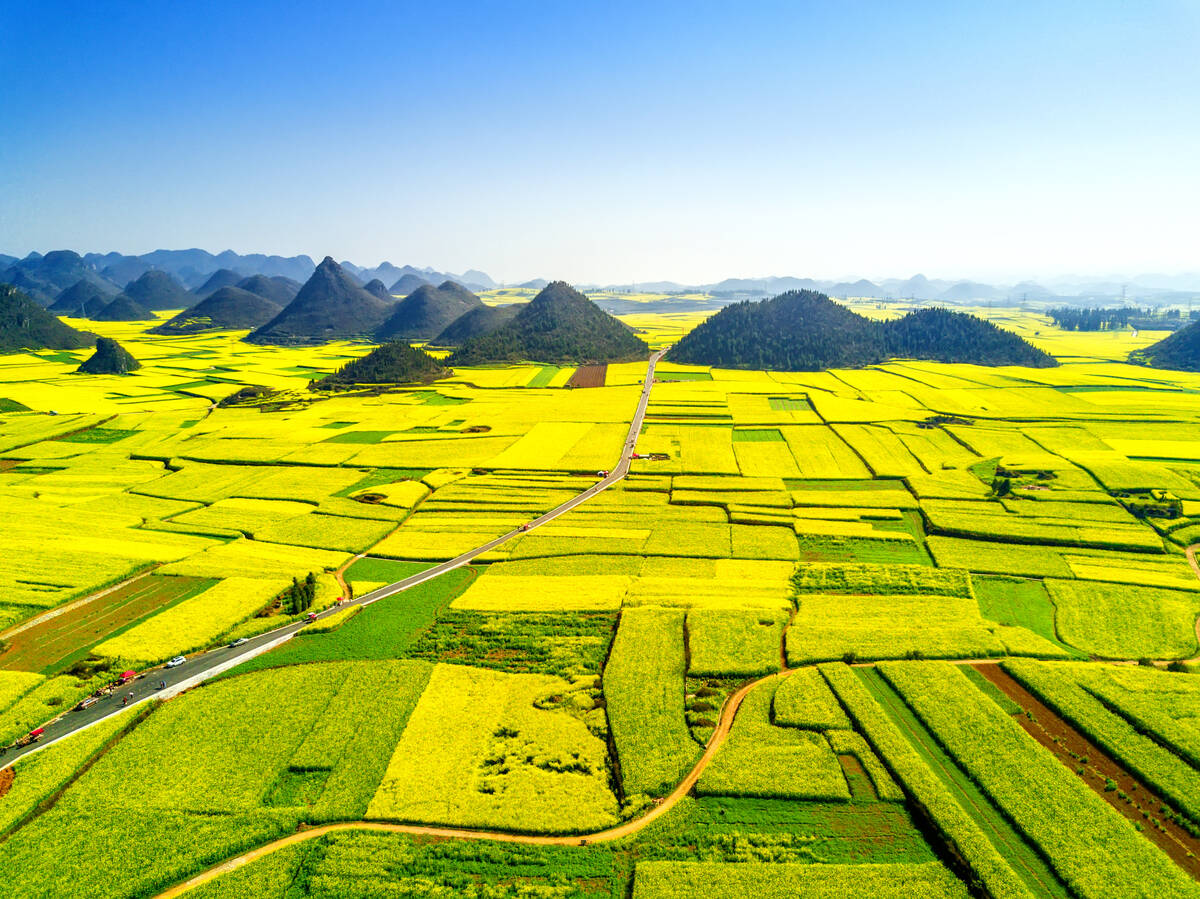What a difference a year makes.
Last year, the Alberta government was swimming in cash and projected a $1.6 billion surplus on revenues of $38.6 billion.
This year, it will post a record $4.7 billion deficit, the first in 15 years, with revenues of $38.1 billion. Unless the economy picks up dramatically, the province will likely run a deficit for at least three years, finance minister Iris Evans said April 7.
Energy income, which is the province’s major revenue source, is expected to decline by $6.4 billion this year, forcing the government to use $17 billion from its rainy day fund to avoid major cutbacks.
Read Also

Short rapeseed crop may put China in a bind
Industry thinks China’s rapeseed crop is way smaller than the official government estimate. The country’s canola imports will also be down, so there will be a lot of unmet demand.
“We either dip into our emergency savings or, on the other hand, lay off thousands of public servants, whether it be nurses, teachers, doctors, anybody that provides services to Albertans, and at the same time also look after the most vulnerable,” Evans said.
“We are not going to do that.”
Instead, the government hopes to stimulate the economy and create 80,000 jobs by spending $23.2 billion on infrastructure over the next three years.
“Our government recognizes that building schools, hospitals, roads and other public infrastructure is not only necessary to meet the needs of Albertans, it is also an effective way to support the economy and create jobs,” Evans said during the budget speech in the legislature.
Included in the capital spending is $2.7 billion in capital grants under the Municipal Sustainability Initiative for roads and bridges, a key grant program for rural municipalities.
“I am really pleased with this budget from a rural perspective,” said Don Johnson, president of the Alberta Association of Municipal Districts and Counties.
“It’s a good balance. There hasn’t been a significant decrease at all for infrastructure for rural communities.”
Rod Scarlett, executive director of the Wild Rose Agricultural Producers, said nothing much changed for agriculture.
Of the $1.1 billion allocated for agriculture, no new initiatives were highlighted and a couple areas stood out by their absence. Scarlett said no money was allocated to continue the environmental farm plan program and no money was earmarked for agriculture safety.
“We were a little surprised at both of those not being highlighted,” said Scarlett.
With the agriculture department’s focus on the new livestock strategy, few discretionary funds are left over for other programs, Scarlett said.
“It certainly seems to have highlighted cattle despite the fact the grain sector has only had a couple good years. The money there seems to be solely for livestock.”
Other budget highlights include:
- Tax increases for alcohol and tobacco of $1.30 on a dozen beer, 75 cents for wine, $2.89 for most hard liquor and $3 per carton of cigarettes.
- Cuts to coverage for chiropractic care and gender reassignment surgery for sex-change operations.
- Continution of a $2 billion carbon capture and storage program.
- Spending $22 million on operating support for the Water for Life strategy.
Alberta NDP leader Brian Mason said the budget should have focused more on job creation instead of carbon capture and storage.
“The budget will create zero new jobs. There is no new capital spending,” he said.
“They’ve squandered a real opportunity today.”
Liberal leader David Swann said the province must move away from its reliance on resource revenue. Last year it collected $12.3 billion in resource revenue. This year it will collect $6.7 billion.
“The volatility shows exactly why it is fiscally irresponsible to rely so heavily on resource revenues to fund core programs.”














